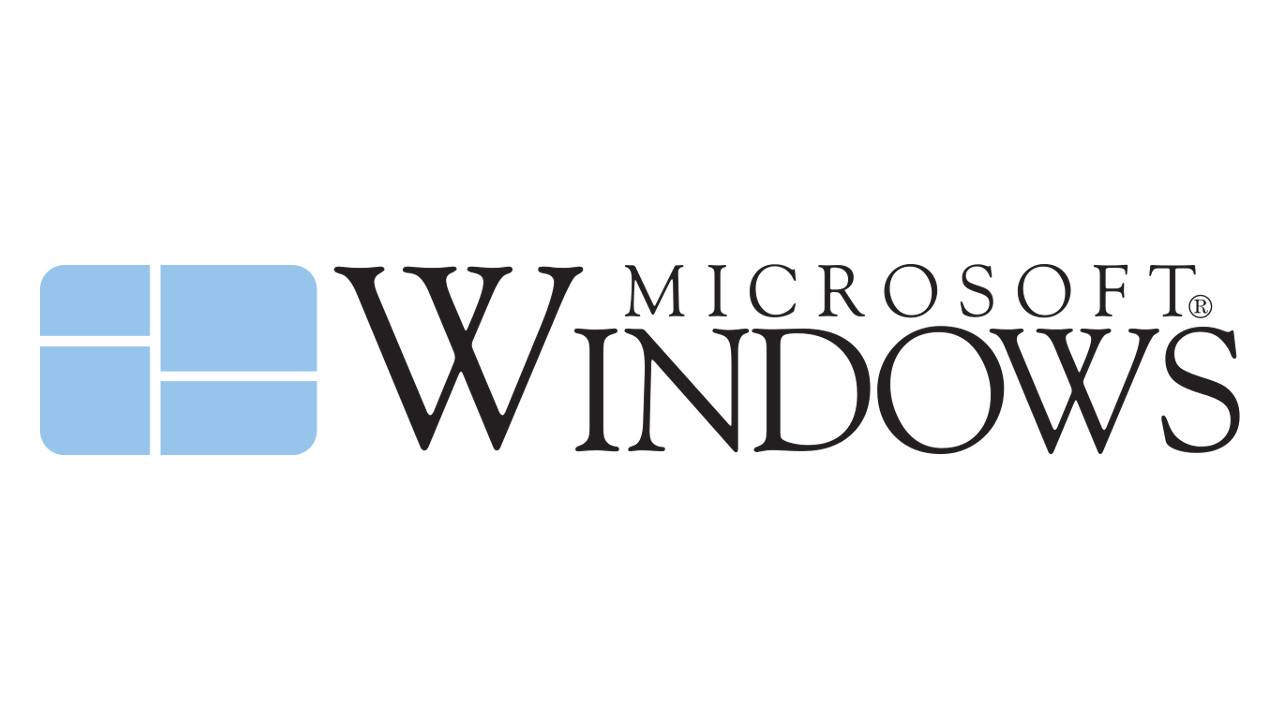On November 20, 1985, Microsoft shipped Windows 1.0, a then new operating system. Development took two years after the Windows announcement in 1983, leading skeptics to call it “vaporware.” See EDN‘s coverage of the original release here.
The OS had been codenamed “Interface Manager“ but was finally dubbed “Windows“ to describe the computing window boxes that popped up on the user’s screen. Drop-down menus, scroll bars, icons, and dialog boxes made programs easy to learn and use. Windows 1.0 shipped with several programs, including MS DOS file management, Paint, Windows Writer, Notepad, Calculator, Calendar, Card File, a clock, and the game Reversi.
At the time, Microsoft and Apple Computer remained head-to-head competitors. Initially, several Windows features resembled the Macintosh interface. Microsoft had to change many of them, including the use of overlapping windows. Although supported by the GUI engine, overlapping windows were not allowed for this reason and Microsoft‘s tiled approach was used instead.
According to Microsoft, Windows 1.0 required a minimum of 256 kilobytes, two double-sided floppy disk drives, and a graphics adapter card. A hard disk and 512 KB memory were recommended for running multiple programs or when using DOS 3.0 or higher.
In November 1987, Windows 1.0 was succeeded by Windows 2.0. Microsoft supported Windows 1.0 for 16 years, the longest of all versions of Windows, until December 31, 2001. The latest version, Windows 10, was released in 2015. The OS supports universal apps and fingerprint and face recognition, and includes the Microsoft Edge web browser and a virtual desktop system.
Windows were in a tile layout:
Surprisingly, the Windows overlapping feature that we take for granted wasn’t present on Windows 1.0. Instead, all the elements would stay on the screen like a tile, somewhat similar to the Windows Phone UI. The only boxes that were allowed to overlap these were dialog boxes (the ones where you have to select ‘yes’ or ‘no’, or just ‘ok’).
The software included limited applications like Calculator, Calendar, Cardfile, Clipboard Viewer, Clock, Control Panel, Notepad, Paint, Reversi, Terminal and Write. However each one of these made users try out the mouse, which surely was a revolutionary way of input that we continue to use to this day, at the time it wasn’t received that well with its users.
Sadly it wasn’t as successful as you’d thought it’d be. Microsoft eventually ceased support for the OS in the year 2001.
Windows made Microsoft a giant of the technology world and Bill Gates the richest person in the world by the late 1990s.


















